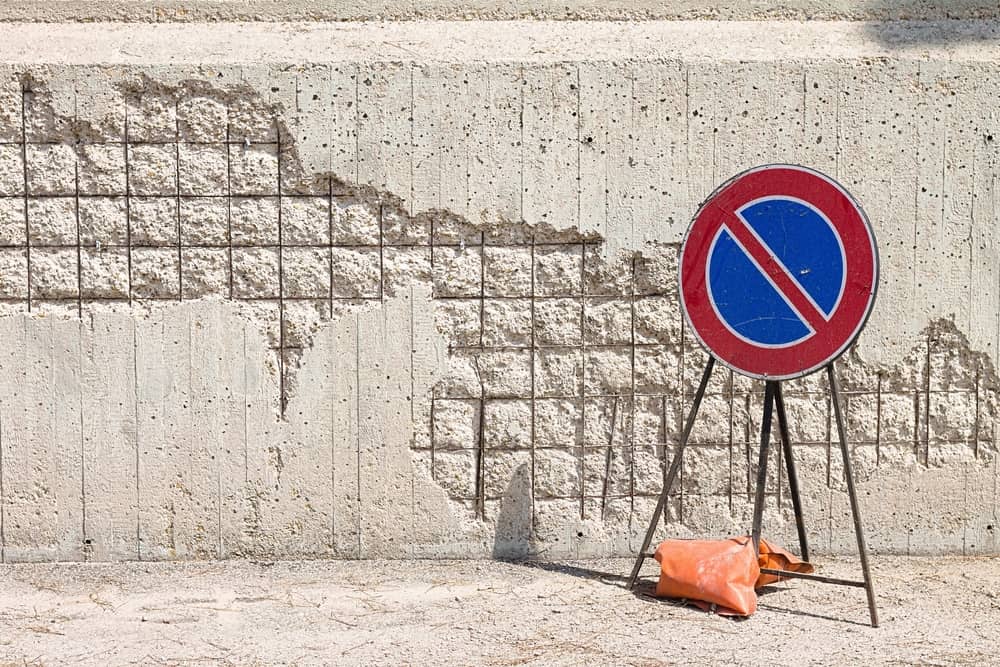A lot of hard work goes into mixing concrete correctly and placing it to provide top-notch results. Unfortunately, many people who place concrete end up running into problems with the finished product. In particular, people often notice their concrete surface has cracked or chipped, exposing coarse aggregates underneath the surface and ruining the sleek and smooth finish they worked so hard to achieve. This is known as concrete spalling, and it’s a common struggle for many people who use concrete in construction.
What Causes Spalling?
People usually encounter spalling when spring arrives and all the snow and ice have thawed. This is because spalling occurs when water migrates underneath the surface of the concrete and freezes during stretches of cold weather. Water expands significantly when it freezes, and since it has nowhere to go if it is stuck underneath the surface of the concrete, it often ends up cracking the surface. So if you take a look at your concrete slab after the winter is over only to find that there are dents and spots of exposed aggregate across the surface, you know water somehow breached the surface to allow spalling to occur.
How to Prevent Spalling
Spalling is a common problem, but there are some steps you can take to prevent it from happening. Prevention starts from the moment you order your concrete mix. When you choose concrete from Knight’s Redi-Mix, you ensure you will get a quality mix made that will meet your specified requirements. Be sure to use a 4“ ± 1” slump while you are placing it to ensure proper density. Once the concrete is cured and is fully set, you can apply a waterproof seal to the surface about a month later.
Creating control joints in your concrete will allow it to reduce stress in these intentionally placed cracks and allow any water to expand up and out before it damages the surface. This helps prevent smaller, unpredictable cracks from forming.
Repairing Spalled Concrete
If you find your concrete has been subject to spalling, you can repair the surface fairly easily. To start out, you will need to grind the surface or acid wash the concrete to create a rough surface that will bind to a polymer-modified overlay. Be careful not to overdo this and keep the surface as level as possible. Then, mix your polymer-modified overlay and pour it across the surface of the concrete. Flatten with a trowel or apply a broom finish if preferred. You can also create joints at this time to help strategically avoid spalling in the future. Once this process is finished, wait about a month and apply a waterproof seal to prevent water from migrating underneath the surface and to avoid spalling in the future.

